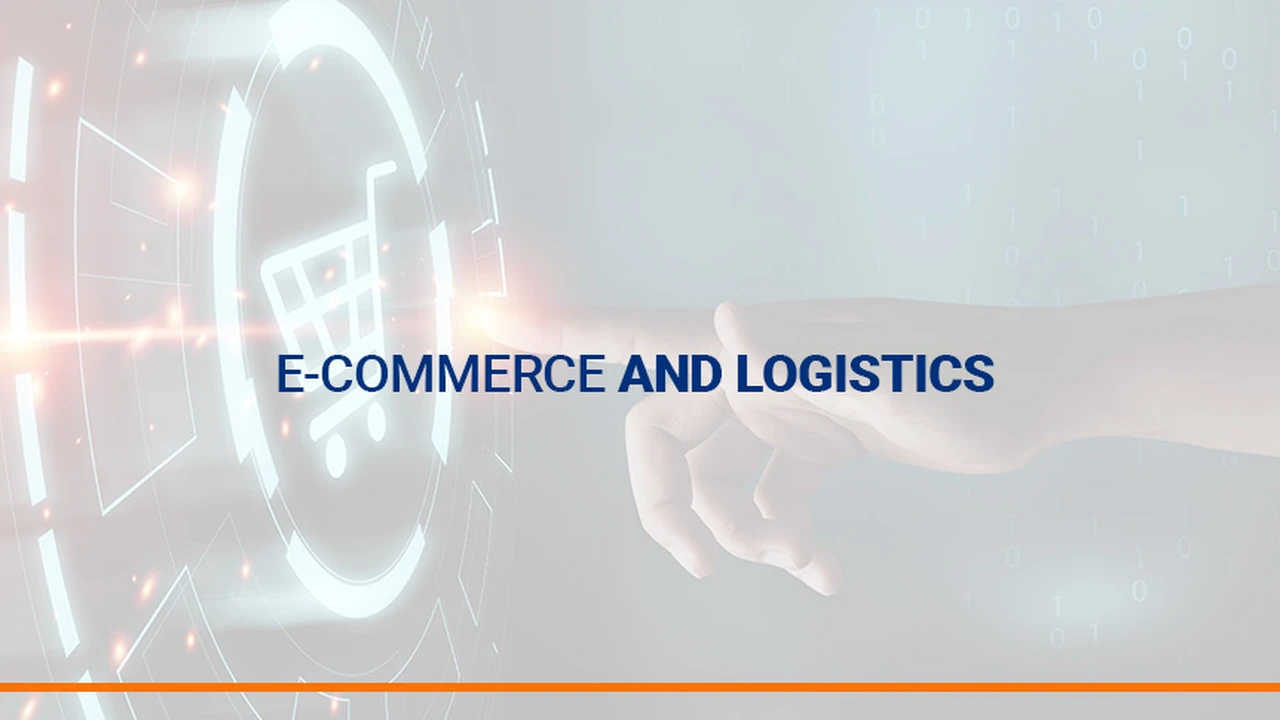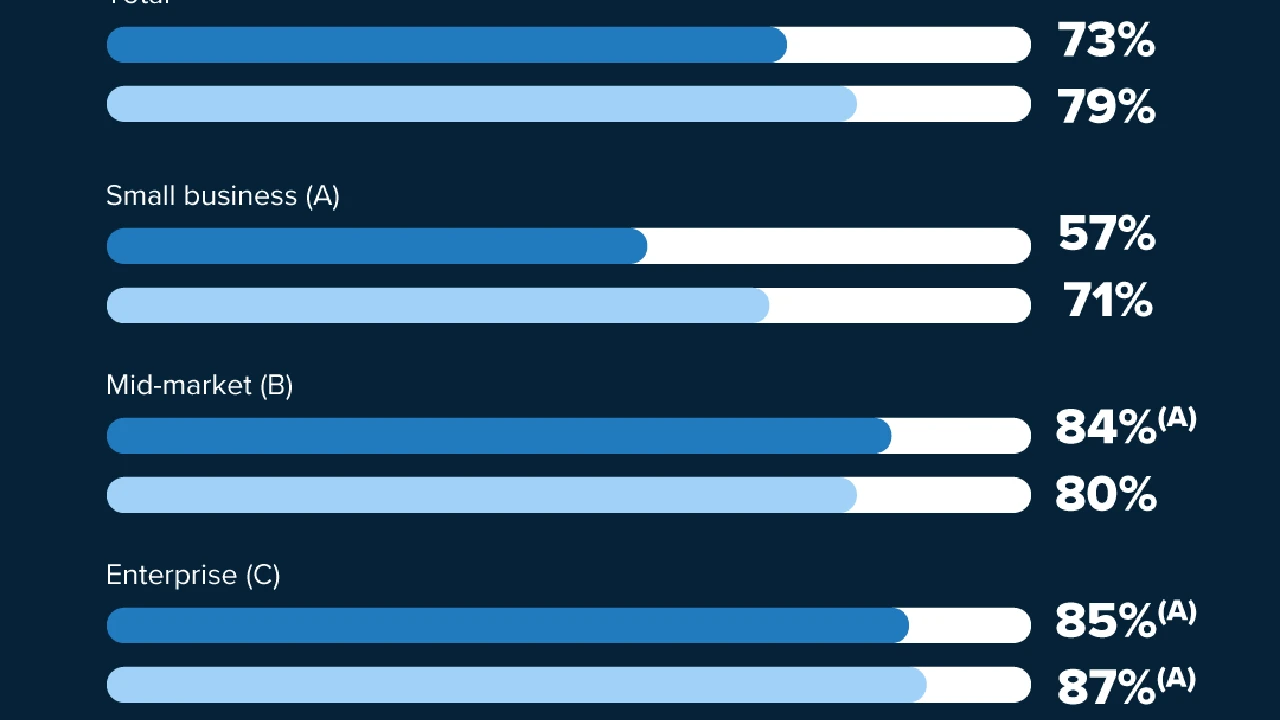Optimizing Your Shipping Strategy for E-commerce in SEA & Mexico
Sample meta description.

Understanding the E-commerce Landscape in Southeast Asia (SEA) and Mexico
So, you're diving into e-commerce in Southeast Asia and Mexico? Awesome! But before you start counting your pesos or rupiah, let's get real about shipping. It's a whole different ballgame than shipping domestically. We're talking diverse cultures, varying infrastructure, and a whole lotta logistical hurdles. SEA, think Indonesia's archipelago, the bustling streets of Vietnam, and Singapore's tech-savvy shoppers. Mexico? Picture a vibrant market with its own unique challenges, from customs regulations to delivery infrastructure that can vary wildly.
Forget a one-size-fits-all approach. What works in the US or Europe might completely bomb here. We need to tailor your shipping strategy to these specific regions. Think about it: customer expectations are different, delivery times are longer, and costs can skyrocket if you're not careful. This isn't just about getting a package from point A to point B; it's about creating a seamless and positive customer experience.
Key Challenges in E-commerce Shipping to SEA & Mexico: Navigating the Maze
Okay, let's dive into the nitty-gritty of what makes shipping to SEA and Mexico a bit of a rollercoaster. These are some of the common pitfalls you'll want to avoid:
- Customs and Import Duties: Ugh, the paperwork! Each country has its own rules and regulations. Misunderstanding these can lead to delays, hefty fines, and unhappy customers. Get your documentation in order, understand the HS codes (Harmonized System codes), and be prepared to pay those import duties.
- Infrastructure Limitations: Not every street is paved, and not every address is easily accessible. Especially in rural areas, you might face challenges with last-mile delivery. Consider using local carriers who are familiar with the terrain.
- Address Formatting: Addresses can be a real puzzle. Different countries have different address formats. Make sure your system can handle these variations. It's also a good idea to verify addresses before shipping to avoid undeliverable packages.
- Language Barriers: Communicating with customers and carriers in local languages is crucial. Consider offering customer support in local languages and translating shipping labels.
- Payment Options: Credit cards aren't always king. Many customers prefer alternative payment methods like mobile wallets or cash on delivery (COD). Offering these options can boost your sales.
- Fraud and Security: Unfortunately, fraud is a reality in e-commerce. Implement security measures to protect yourself from fraudulent transactions and ensure the safety of your shipments.
Building Your E-commerce Shipping Strategy: A Step-by-Step Guide
Alright, enough doom and gloom! Let's get down to brass tacks and build a killer shipping strategy. Here's a step-by-step guide to get you started:
- Research Your Target Market: Understand your customers' needs and expectations. What are they willing to pay for shipping? How quickly do they expect their orders to arrive? What payment methods do they prefer?
- Choose the Right Shipping Carriers: Partner with reliable shipping carriers that have experience in SEA and Mexico. Consider factors like cost, delivery speed, and coverage area. Popular options include DHL, FedEx, UPS, and local carriers like J&T Express (SEA) and Estafeta (Mexico).
- Optimize Your Packaging: Use durable packaging to protect your products during transit. Consider using eco-friendly packaging options to appeal to environmentally conscious customers.
- Offer Multiple Shipping Options: Give your customers choices! Offer different shipping speeds and price points to cater to different needs. Consider offering free shipping for orders over a certain amount to incentivize purchases.
- Provide Tracking Information: Keep your customers informed about the status of their orders. Provide tracking numbers and update them regularly.
- Handle Returns Efficiently: Returns are inevitable. Make sure you have a clear and easy-to-understand return policy. Provide return shipping labels and process refunds quickly.
- Monitor Your Shipping Performance: Track your shipping metrics, such as delivery times, shipping costs, and customer satisfaction. Use this data to identify areas for improvement.
E-commerce Shipping Solutions: Products and Tools for Success
Okay, let's talk tools. There are tons of solutions out there to help you streamline your shipping process. Here are a few that I think are worth checking out:
- ShippingEasy: This is a great all-in-one platform for managing your shipping. It integrates with popular e-commerce platforms like Shopify, WooCommerce, and Amazon. You can use it to print shipping labels, track shipments, and manage returns. Pricing: Starts at around $29 per month. Use Case: Perfect for small to medium-sized businesses that need a simple and affordable shipping solution.
- ShipStation: ShipStation is another popular shipping platform that offers a wide range of features, including order management, inventory management, and customer relationship management (CRM). It integrates with over 100 different e-commerce platforms and marketplaces. Pricing: Starts at around $9 per month. Use Case: Ideal for businesses that need a more robust shipping solution with advanced features.
- Easyship: Easyship is a great option if you're looking for a platform that specializes in international shipping. It helps you find the best shipping rates, manage customs documentation, and track shipments across multiple carriers. Pricing: They have a free plan and paid plans starting around $29 per month. Use Case: Best for businesses that ship internationally on a regular basis.
- Shippo: Shippo is a user-friendly platform that makes it easy to compare shipping rates and print shipping labels. It integrates with popular e-commerce platforms and offers a variety of features, including address validation and insurance. Pricing: They have a free plan and paid plans starting around $10 per month. Use Case: A good choice for businesses that are just starting out with e-commerce.
Product Comparison: Choosing the Right Shipping Solution for Your Business
So, how do you choose the right shipping solution for your business? Here's a quick comparison of the products we just talked about:
| Feature | ShippingEasy | ShipStation | Easyship | Shippo |
|---|---|---|---|---|
| Price | $$ | $$$ | $$ | $ |
| Ease of Use | High | Medium | Medium | High |
| Integrations | Good | Excellent | Good | Good |
| International Shipping | Good | Good | Excellent | Good |
| Advanced Features | Limited | Extensive | Good | Limited |
Price Key: $ = Under $15/month, $$ = $15-$50/month, $$$ = Over $50/month
Ultimately, the best shipping solution for your business will depend on your specific needs and budget. Consider your shipping volume, the complexity of your shipping process, and the features that are most important to you.
Cash on Delivery (COD) in SEA & Mexico: A Game Changer?
Let's talk about COD. In many parts of SEA and Mexico, it's not just an option; it's often the *preferred* payment method. Why? Trust issues, limited access to credit cards, and cultural norms all play a role. Offering COD can significantly increase your conversion rates, but it also comes with its own set of challenges.
You'll need to partner with carriers that offer COD services and implement processes to manage cash collection and reconciliation. There's also a higher risk of returns, as customers might change their minds at the point of delivery. But if you can manage these challenges effectively, COD can be a major competitive advantage.
Returns Management: Making it Painless for Everyone
Returns are a fact of life in e-commerce. The key is to make the return process as smooth and painless as possible for your customers. This means having a clear and easy-to-understand return policy, providing return shipping labels, and processing refunds quickly.
Consider offering free returns to encourage purchases. You can also implement a system for tracking returns and analyzing the reasons why customers are returning products. This information can help you improve your product quality, packaging, and customer service.
Mobile-First Approach: Catering to the Mobile Shopper
In SEA and Mexico, a huge chunk of e-commerce traffic comes from mobile devices. This means you need to optimize your website and shipping experience for mobile users. Make sure your website is responsive, your checkout process is mobile-friendly, and your shipping information is easily accessible on mobile devices.
Consider using mobile marketing tactics like SMS notifications to keep your customers informed about the status of their orders. You can also offer mobile-specific discounts and promotions to drive sales.
Local Partnerships: Leveraging Local Expertise
Don't try to go it alone! Partner with local businesses and experts who understand the nuances of the SEA and Mexican markets. This could include local carriers, fulfillment centers, marketing agencies, and customer service providers.
Local partnerships can help you navigate cultural differences, overcome logistical challenges, and build trust with your target audience. They can also provide valuable insights into local market trends and consumer behavior.
The Future of E-commerce Shipping in SEA & Mexico
The e-commerce landscape in SEA and Mexico is constantly evolving. New technologies, changing consumer expectations, and increasing competition are all shaping the future of e-commerce shipping.
Keep an eye on trends like drone delivery, autonomous vehicles, and the rise of hyperlocal e-commerce. By staying ahead of the curve, you can position your business for long-term success in these dynamic markets.
:max_bytes(150000):strip_icc()/277019-baked-pork-chops-with-cream-of-mushroom-soup-DDMFS-beauty-4x3-BG-7505-5762b731cf30447d9cbbbbbf387beafa.jpg)






